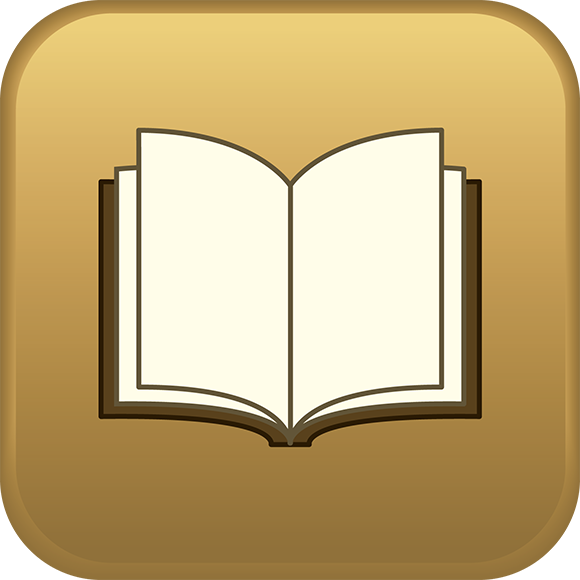Chapter 12 How Do I Manage My E-book Library?

Physical books are an awesome invention: they’re portable, easy to use, and fully showoffable, whether being read on the subway or sitting on a bookshelf at home. Physical books aren’t going away anytime soon, but the age of electronic books — e-books — is upon us. The Amazon Kindle lit a fire under the e-book category, but it’s clunky to use and tied to Amazon. Apple filled in these gaps by offering iBooks, an app that’s easy to use and supports an open e-book format. The iPhone screen is a bit on the small side, but the Retina display renders text sharply and clearly, so reading books on the iPhone isn’t a chore. This chapter introduces you to e-books on the iPhone.
Getting Your Head around E-book Formats
If there is one reason why e-books took a long time to take off (in the same way that, say, digital music now rules the planet), it’s because the e-book world started out as hopelessly, head-achingly confusing. At its worst, at least two dozen (yes, two dozen!) e-book formats were available, and new formats jumped on the e-book bandwagon with distressing frequency. That was bad enough, but it got worse when you considered that some of these formats required a specific e-reading device or program. For example, the Kindle e-book format required either the Kindle e-reader or the Kindle app; similarly, the Microsoft LIT format required ...
Get iPhone 5S and iPhone 5C Portable Genius now with the O’Reilly learning platform.
O’Reilly members experience books, live events, courses curated by job role, and more from O’Reilly and nearly 200 top publishers.

